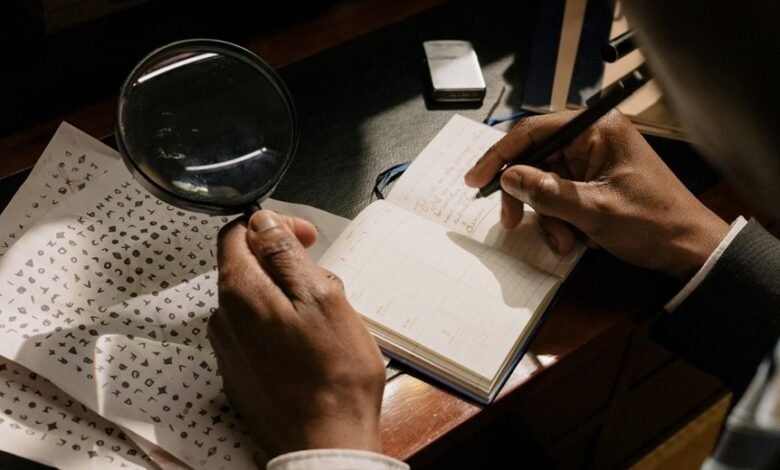Sports Harmonicode: Decoding the Sports Code

The concept of Sports Harmonicode highlights the significance of non-verbal communication in athletics. Athletes engage in a complex interplay of body language and gestures, which serves as a silent language during competition. This understanding can enhance team dynamics and improve performance under pressure. As teams navigate high-stakes scenarios, the ability to interpret subtle signals becomes crucial. What insights might emerge from examining these interactions more closely?
The Language of Gestures: Understanding Non-Verbal Communication in Sports
In the fast-paced world of sports, non-verbal communication plays a pivotal role, often conveying emotions and strategies more powerfully than spoken words.
Body language, gesture recognition, and emotional cues manifest through expressive movements, enabling athletes to form silent agreements. This instinctual signaling enhances competitive intuition, allowing teams to read non-verbal cues, ultimately fostering a deeper understanding of their collective dynamics and enhancing performance.
Signals and Strategies: How Teams Coordinate in High-Pressure Situations
High-pressure situations in sports demand not only skill and strategy but also a refined ability to communicate silently among teammates.
Effective play calling relies on well-established signals that enhance team dynamics, allowing players to execute complex strategies instinctively.
This silent communication fosters trust and synchronization, enabling teams to adapt quickly to evolving circumstances, ultimately increasing their chances of success under intense pressure.
Rhythm and Flow: The Importance of Timing and Movement in Athletic Performance
While many factors contribute to athletic success, timing and movement stand out as critical components that can significantly influence performance.
Effective timing techniques allow athletes to synchronize their actions with the rhythm of the game, while refined movement mechanics enhance agility and precision.
Together, these elements create a fluid performance, promoting not only individual excellence but also seamless team dynamics in competitive environments.
Conclusion
In conclusion, the intricate non-verbal communication among athletes is pivotal for successful team dynamics. Studies indicate that up to 93% of communication in sports can be attributed to non-verbal cues, emphasizing the significance of gestures and body language in high-pressure scenarios. By mastering this silent code, teams can not only enhance their performance but also cultivate a deeper emotional intelligence that fosters unity. Ultimately, the ability to decode these signals can distinguish winning teams from their competitors.





